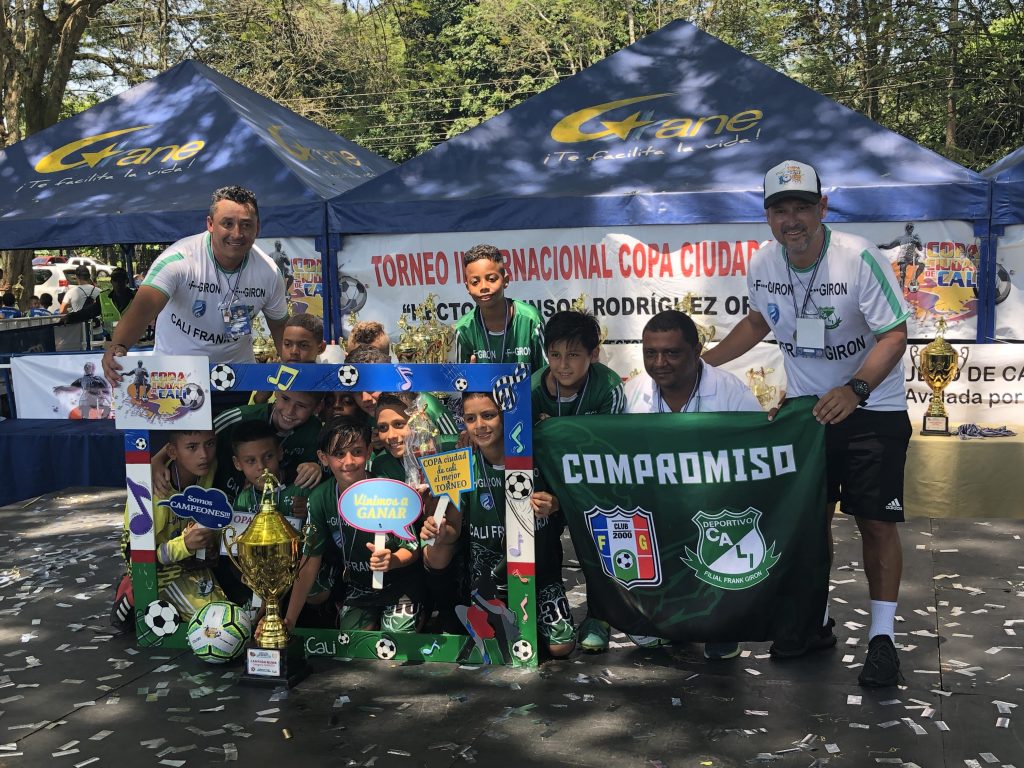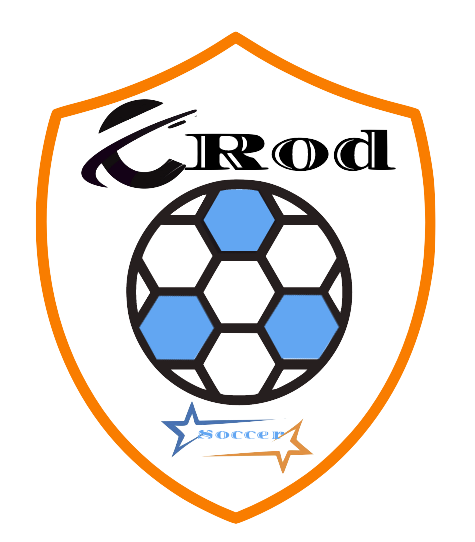Philosophy & Methodology
This coming year CR will be coaching the 2008’s and 2007’s boys at the highest level possible, we have a very good group of committed players along with a committed coach, we will be training 4 to 5 days a week, development is the key of our upcoming season, motivating players to compete to earn a starting position as I do not believe in all the politics around soccer, manipulation of the beautiful game of soccer is making this game suffer, offering free registrations and false promises with no development at all is not what this is about, come and join our great program


“The development side of soccer or the fundamentals (basics) of any sports like soccer and basketball starts as early as 4 years of age. The child will develop and understand their own body, how their body does react to certain movements, developing the coordination and propioceptive system. This is crucial to play soccer properly and to perform the best training at 13 and above the player MUST know how to control his/her body and ball.”
Carlos Rodriguez
Specific Soccer development training
Socio-Cultural Formation:To build good working habits and values – Integration, Attention, Responsibility, Collaboration, Self Control, Self determination, Solidarity, Honesty, Obedience, Etc.
Corporal formation: The development of conditional capacities, innate in Human Beings – Strength, Speed, Endurance , Reaction, Balance , Locomotion, Turns, Jumps, Skills and the ability to launch and receive
Basic fundamentals of soccer
Proprioception- It is the body’s capacity to detect the movement and position of its articulations. It is important in our daily movements, especially those related to sport activities which require unique coordination.
Proprioception (Reflection Process): refers to the process of facilitation and nervous inhibition through better control of the stretching reflex or myotatic reflex and its inverse. It can produce adaptations to the level of intramuscular coordination
Intermuscular coordination: refers to the interaction of the different muscular groups that produce a particular movement.
Intramuscular Coordination: refers to the interaction of the motor units of a single muscle.
Coordination refers to our capacity to resolve varied and unexpected situations. It requires development through proprioceptive training. Since it depends on the somatosensorial proprioceptive information, sensed by our body before unexpected situations; it also includes information picked up by our visual and vestibular systems.
Sense of rhythm: Capacity to vary and reproduce parameters of strength, speed, and spatio-temporal movements and also dependent on the vestibular, visual and somatosensory systems. It is important to follow a logical order if we separate the elements of a technical action. For example while playing volleyball, we can separate the action in the approximation steps. Descending center of gravity, flexing our legs at the same time we place our hand back to strike the ball.
Spatial orientation: Is fundamental of the visual and proprioceptive systems. We can improve this capacity through training and voluntary attention.
Coordination factors which we can improve with proprioceptive training.
Regulation of the Spatio-Temporal parameters of movements: It’s about adjusting our movements in time and space, in order to obtain a successful execution in a particular situation. For example when we are thrown a ball, we must calculate the distance and the force in which the ball is being thrown to adjust our movements. Exercises to improve our spatio-temporal coordination include, catching and throwing objects of different sizes and weights.
Capacity to maintain equilibrium: In both dynamic and static situations. We eliminate minor equilibrium alterations through muscular reflective tension which helps us find a stabilizing zone. Once we train the proprioceptive system to improve our equilibrium, we avoid destabilizing situations and even anticipate equilibrium alterations (anticipative mechanism). Exercises to improve our equilibrium include, balancing on one foot, maintaining postures or movements with limited support particularly on irregular surfaces.
Specific Features to Consider:
Sports behavior fall within the realm of ontogenetic activity invented by man’s culture and are much harder to achieve than the phylogenetic or everyday activities, thus requiring extensive training.Adequate coordinative skills training within the sport-driving context, given its importance in team sports
My interest will be focused on those capabilities that are crucial coordinative task of coordinating the following:
Quick fixes in time There are 3 types of successive mechanisms and strongly interrelated in the operation of a motor action:
- Perceptual mechanism (sight, hearing, touch and technical gestures sensations)
- Decision Mechanism (what to do “tactical thinking”)
- Decision making (autonomy)
Perceptual Qualities (sensory organs) are responsible for providing relevant information to the nervous system and to establish the necessary relationship between all the organs and systems.
- Exteroceptive: Sight, Sound and touch.
- Propioceptive: Muscle spindles, tendon and joint receptors.
- Interoceptive: related to glands and other organs to athletic performance.
- The vestibular system: It contributes to our balance and our sense of spatial orientation, is the sensory system that provides the dominant input about movement and equilibrioception
- Exact solutions
- Appropriate solutions
- Ability to adapt and change
Coordination factors which we can improve with proprioceptive training:
- Regulation of the Temporal – space parameters of movements: It is about adjusting our movements in time and space, in order to obtain a successful execution in a particular situation.
- Sense of rhythm: The Capacity to vary and reproduce parameters of strength, speed, and temporal – space movements and also dependent on the vestibular, visual and somatosensory systems. It is important to follow a logical order if we separate the elements of a technical action.


